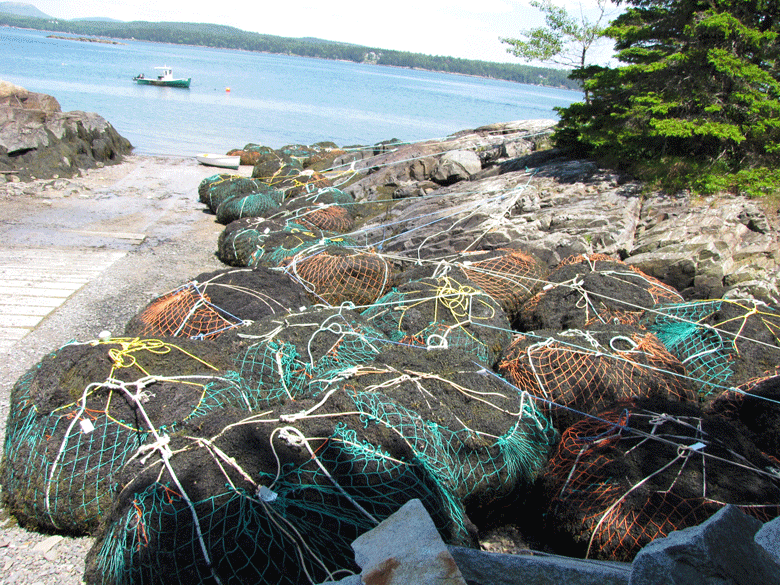Rockweed is a slow-growing, wild seaweed on the rocky coast of Maine. It is highly valued as a commercial fertilizer and debates about how rockweed harvesting should be managed are contentious.
To address questions about over-harvesting, academic researchers collaborated with commercial companies to test for effects of a single harvest on rockweed biomass and height one year later. Their article, “Bed-scale impact and recovery of a commercially important intertidal seaweed,” by Johnston et al., is in the Journal of Experimental Marine Biology and Ecology (2023).
This study has been widely publicized as evidence for rapid recovery of commercially harvested rockweed beds throughout Maine. For example:
• University of Maine press release, Feb. 15: “A study led by the University of Maine captured how entire rockweed beds recover from harvest, and the practice has a smaller impact than previously thought.”
• Mainebiz.biz, Feb. 17: “A new study led by the University of Maine says harvesting has a smaller impact than previously thought, with entire rockweed beds recovering.”
• The Working Waterfront newspaper, December/January, op-ed by the Maine Seaweed Council: “The bottom line from the University of Maine is that rockweed regenerates at a rapid rate, fully recovering its biomass within a year of harvest.”
However, the authors identified limitations of their study that are not mentioned in this publicity. Many published studies come with caveats—here, it is especially critical to understand and acknowledge these limitations when the findings are used in policy and management decisions.
The authors identified limitations of their study that are not mentioned in this publicity.
Briefly, the goal of this study was to test for the effects of harvesting on rockweed biomass and height at the level of entire rockweed beds instead of focusing on smaller experimental plots. However, no information was provided on the amount of biomass or area of rockweed that was harvested at each site.
Commercial harvesters were asked to cut rockweed at 19 impact sites that could then be compared with 19 control sites along four regions of the coast. Surprisingly, the investigators did not find consistent evidence of harvesting when they re-sampled each impact site shortly after harvesting. This could be due in part to the locations where they collected data relative to the locations of the harvesters’ activities. The authors stated:
“We did not ensure that there was perfect spatial overlap between harvest and either our quadrats or our transects.
“We acknowledge the limitations of our sampling design given the fact that there were several impact sites that increased in mean height and biomass between the pre-harvest and harvested time periods. This is likely due to a lack of spatial overlap between transects and harvest at these sites.”
Sampling problems may help explain why, in the harvest year, no harvesting effects were detected at three of the four regions. Where the researchers did detect harvesting, they stated that “it is important to note that the likelihood of complete height and biomass recovery after one year was lower at these more disturbed sites. As a result, if the goal is to maintain tall algal canopies, resource managers may need to allow longer recovery intervals at sites with higher harvest intensities.”
In summary, it is unfortunate that the extent and impact of harvesting in this study were unclear. Small sample sizes, transects that were not permanently marked, and other issues all contributed to variability in the data.
It is even possible that in some cases one or both transects at the 19 impact sites may not have been harvested at all.
Perhaps this was intentional due to focusing on “bed-scale” effects where harvesting is likely to be patchy across the rockweed bed.
However, statements asserting that there was rapid recovery after one year fail to acknowledge many sites where there was no documented impact from which to recover.
Sweeping statements and over-simplified publicity about recovery rates in this study should be viewed with a grain of salt.
David Porter is a resident of Brooklin. He is professor of plant biology (emeritus) at the University of Georgia.





